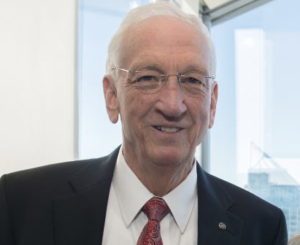
 By Bob Turknett
By Bob Turknett
Co-founder & Co-chair TLG
At one technology firm, Research & Development and Sales were at war. Each department saw its customer and organization view as the “right” one, and they viewed each other as lazy and incompetent.
This new company was experiencing rapid growth, and their challenge was trying to create one team and one culture with a group of senior managers from a variety of backgrounds and cultures who were firmly rooted in their own views, opinions, styles, and experiences.
After numerous attempts to handle the issue internally, the CEO decided to take action to resolve the toxic situation by retaining an outside party to mediate the conflict between the warring departments and the organization as a whole.
Interviews were conducted with members of R & D and Sales, and an organization survey solicited suggestions from everyone in the company. Facilitated group leadership training that included members of both departments forced the usually adversarial parties to jointly identify problems and begin working on solutions.
Using the Leadership Character Model™ as a framework, each individual began to realize that he/she had a responsibility to the company as a whole, not to just to his/her department. A common understanding of issues and responsibilities opened up new avenues of communication.
The result:
Almost immediately, conflict decreased, the departments developed a collaborative work relationship and presented one united face to the customer. Increased customer satisfaction and sales were the ultimate measures of this success.



 By Bob Turknett
By Bob Turknett